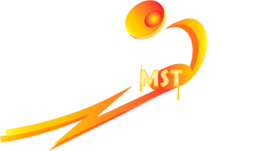There are many ways to take advantage of visualization methods. One very powerful technique is to use visualization to “prime” your subconscious brain with the results you want it to achieve. Much like a pump that is primed to get it flowing steadily, we can also prime our subconscious to deliver what we want out of a performance.

How does one go about doing this? It is actually pretty easy. The day or two before a competition, start to visualize the outcome you hope to achieve. For sporting clays shooting, I imagine that I am performing at my best ever levels (after all, that is the measure of your true capabilities). For example, my best string of targets hit in a row during competition is 50. I imagine hitting 55 -10% more! Then, I imagine winning my class – which is a possible outcome as I have done it in the past. Note, I am not deluding myself with dreams of things that are not achievable – I am just thinking of a good outcome within my capabilities, or just slightly higher than my current capabilities.
Then, I try to imagine as vividly as I can, what the experience will be like when I accomplish what I set out to do. I imagine my fellow competitors congratulating me on my accomplishments of the day. In my mind’s eye, I see myself reading emails and texts from those who recognized my achievements. If there is an award ceremony, I hear my name being called out and feel the positive looks from my friends as I stand up. Maybe you will see yourself standing on the podium after the event, or getting accolades from your coach, teammates or parents. Visualize what is important to you.
I have found that this activity works best for me if done right before going to sleep. You may want to experiment with different times to see what is best for you. All of this may sound a little silly, but it can really create a positive influence in your performance if your subconscious self knows what it is being asked to achieve. Give it a try! There is little downside in attempting to harness the forces from within!!
For more on the use of visualization and imagery, consider searching on PETTLEP. That is an acronym coined by Holmes and Collins (2001) in their paper referenced below that describes a model used extensively in this area.
Holmes, P. S., & Collins, D. J. (2001). The PETTLEP approach to motor imagery: A functional equivalence model for sport psychologists. Journal of Applied Sport Psychology, 13(1) 60-83.
